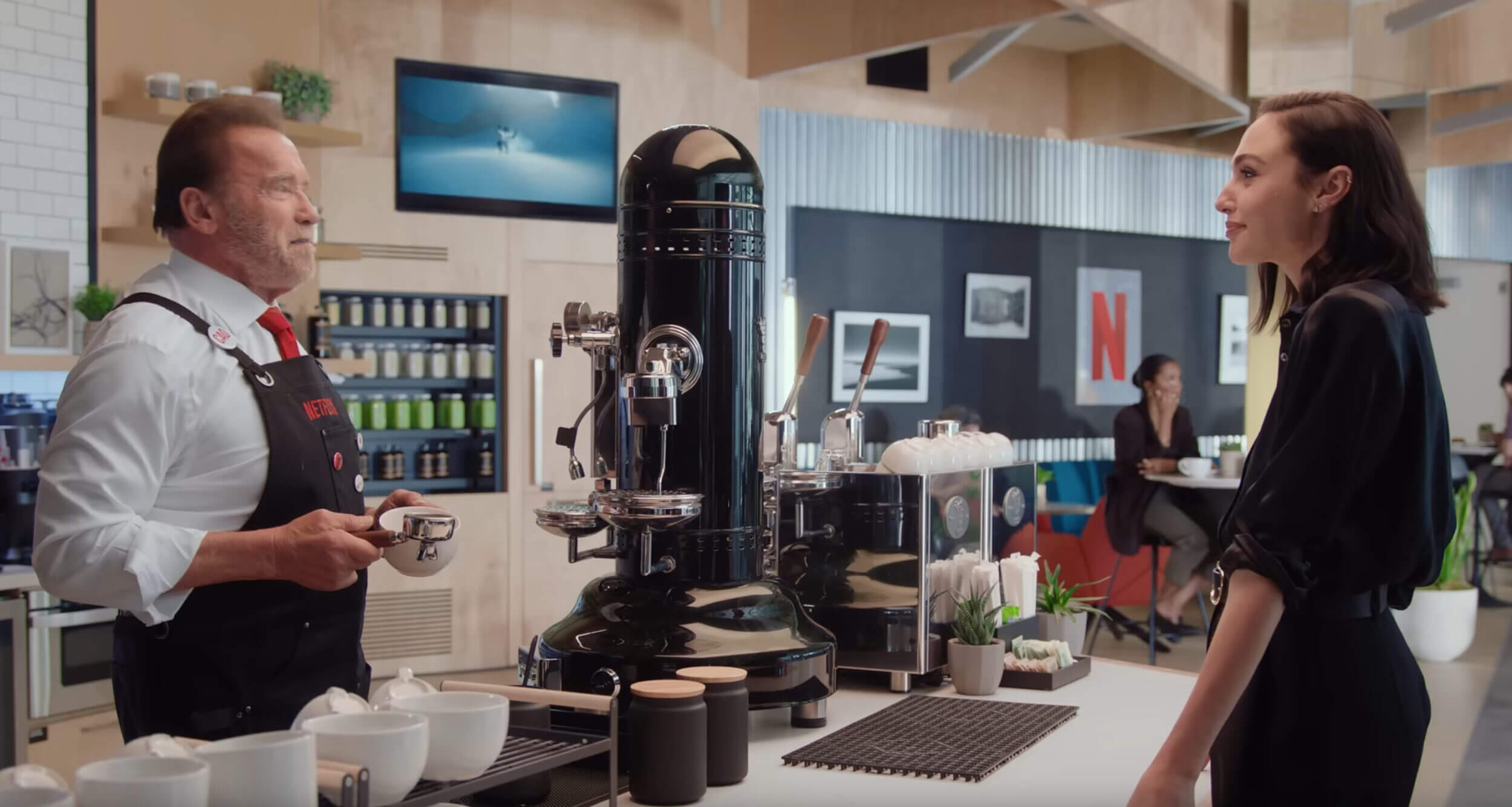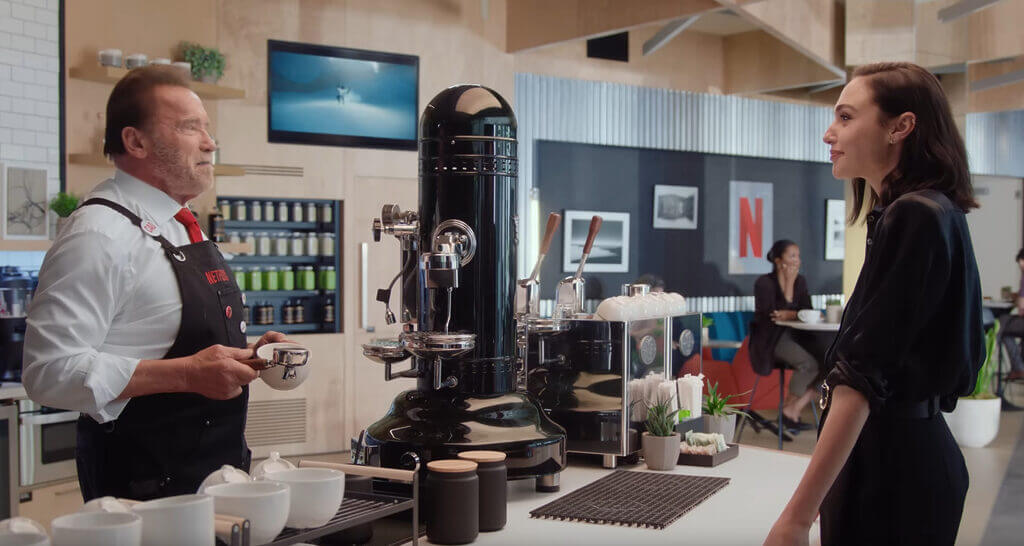
We gathered some of the better videos we have found online. Methods that we think are practical, efficient and explained straight to the point.
On Youtube and Google, as well as many coffee academies outside Italy. The trend is moving towards making coffee with the third-wave method. Which is making coffee by measuring the espresso’s weight and calculating the extraction ratio to coffee. Here, we stick closer to the original Italian procedure which is more efficient and easier to follow.
If you are a fan of the classic coffees made with darker roast coffee, which is more bitter than sour. Then we suggest that you stick with the Italians. From our statistics, at least 70% of coffee drinkers still prefer darker roasts
Table of Contents
Use the right water
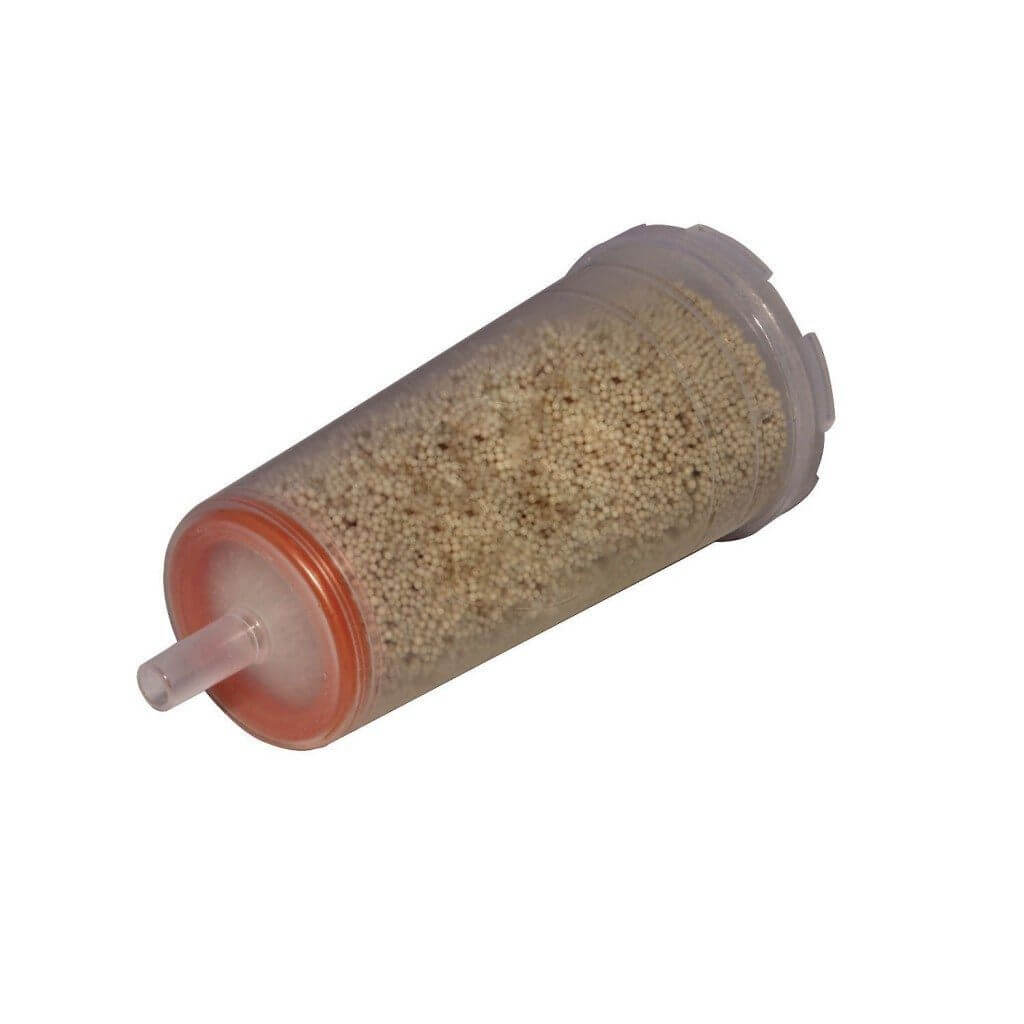
Many ask us what’s the best way to take care of the machine or how well can the machines last. The best way to keeping the machine working for as long as possible without issues is to use soft water that is free of calcium and magnesium. Minerals in water are the leading cause of machine failure.
You will need to attach a water softener or soften the water before the water is fed to the machine. Not all types of water filters can soften. Check with your filter supplier to be sure.
To learn more about why and how to do water softening: Click here
Read the instructions and keep yourself safe
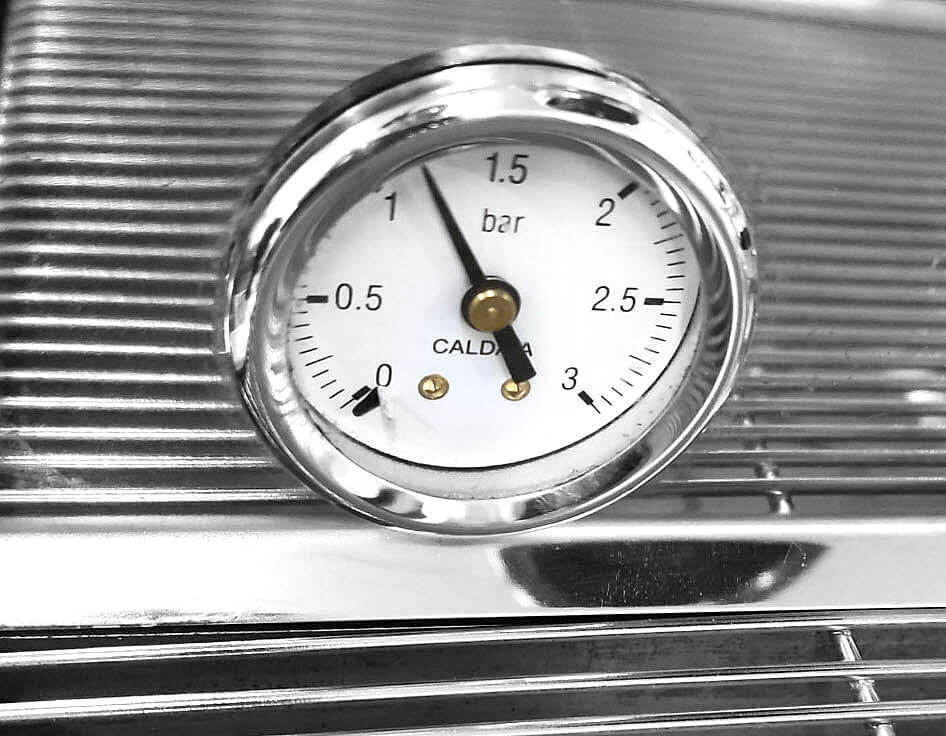
Safety is always the number one priority
Be careful of hot surfaces and steam.
You should never leave a pressurised machine unsupervised. All electrical components have a lifespan and don’t last forever. Leaving the machines switched on continuously could subject the components to unnecessary thermal or electrical stress. That can be a problem if your power supply is unstable or ventilation is terrible, which would significantly reduce the longevity of any components.
There are many safety precautions in place. Bezzera is one of the few companies that choose to install a full range of safety controls, like a mechanical pressure release valve, a thermostat that cuts off when too hot, low water sensors, water probes, etc. But it’s still possible that limescale formation or electrical conditions could render some sensors ineffective.
Important instructions for Bezzera Strega
Always keep your head away from the direction where the lever will spring up.
Be extra careful during the first use, especially when the grind setting for your grinder isn’t set right.
If nothing holds back water in the portafilter to form a resistance against the spring, it will spring back strongly on release! So set your grinder to grind much finer before using.
Important instructions for most Bezzera machines with vibration pumps
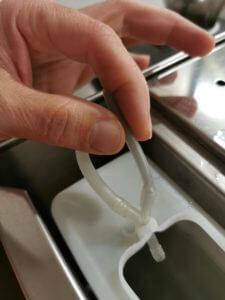
Make sure that the return hose is plugged into the water tank. It must not be tangled, pinched or obstructed in anyway. Excess water must be able to return easily. Any obstruction will cause water to pressurise within the hose, and eject itself from the other end, leading to massive leakage that requires the machine to be returned for servicing. Machines like the Bezzera Strega may not have the return hose.
For BZ07, BZ09, BZ10, BZ13, Aria and Crema, make sure that the return hose is kept in the tank even after the machine was switched off. As the hose would return some water during depressurization.
Important instructions for any grinders
Users should never put their fingers into the grinder.
Leave your espresso machine’s pressure settings alone!

We always hear from users that they wish to tune their pressure or adjust some settings because they heard from someone or on the internet that it works better that way.
Different manufacturers and different models have different designs of hydrodynamics for their boilers. Their boiler design and configurations should have different algorithms or calculations for how they will thermally stabilise. Different types of pumps also have different flow rates.
We will suggest sticking to the default settings and working on calibrating the grinder to get the optimal result.
The most significant cause for poor extraction is always:
1. Grind setting
2. Type of coffee used
Use the right beans
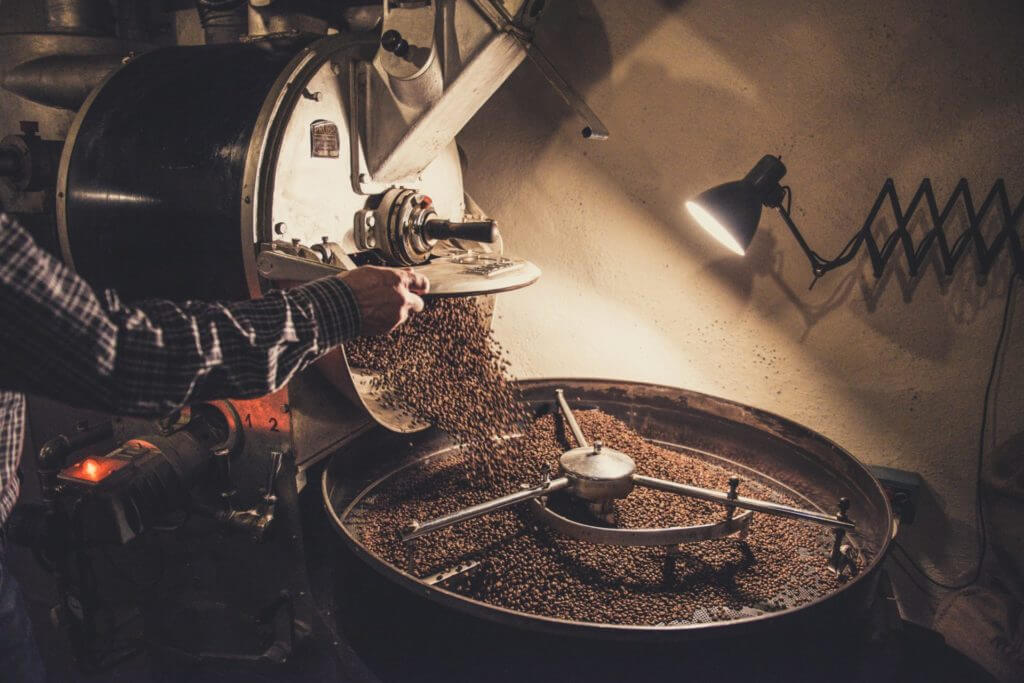
Get fresh enough and properly packed beans that can protect the beans from oxidation, humidity and light. Always keep your bag of beans away from heat.
Whether you store the coffee in the grinder or not, it is better to dump the first few grammes of coffee every day. As those were left behind from the last use and had oxidised.
Also, know the general character of the type of beans.
Roast level:
Darker roasts – More bitter, less acidic, and more CO2 leads to a thicker body and crema.
Lighter roasts – Less bitter, more acidic, and less CO2 leads to a thinner body and crema. As you can see, they are inversed!
Types of coffee:
Arabica Coffee – More volatile compound, meaning more flavours. They deteriorate faster and last much shorter after roast.
Robusta Coffee – Less aromatic profiles, a higher chance of sharp intensity. Bitter but less sour. Thicker crema and more stable in storage for a more extended period. Good stabilisers to achieve a persistent body with thicker crema.
Both Robusta and Arabica beans have their traits. Some baristas believe that pure Arabica coffee is superior. This can be true if we perceive it by measuring the genome of coffee. However, from most real-world data of coffee sales and public taste tests. Robusta coffee is still well accepted or even preferred. That’s because many cultures are more familiar with coffee made with robustas and may find pure arabica coffee unpleasantly sour.
Amount of coffee used:
Darker roasts – You can use lesser beans from 14g to 22g to produce 2 espressos.
Lighter roasts – Since the body is thinner, most prefer to use more coffee, 18g – 22g, to achieve a more stable extraction.
Many assume that only Arabica has different grades. Robustas have different grades too, and higher-grade Robustas can taste almost similar to Arabicas. They can also be refined with the same methods used for Arabica to enhance favours.
If you dislike acidic coffee, avoid light roast. If you prefer deep and strong intensity, go for dark roasts and robustas. If you are looking for unique flowery and fruity profiles and don’t mind acidic, go for light roasts.
Set your grinder
If your extraction doesn’t look right, and if it’s not due to the coffee used. It’s more to do with your grind setting. It doesn’t need a lot of pressure to produce crema, so that’s not the cause in most cases.
The first time a user sets his grinder is always the most challenging; you will have to set the resistance from the coffee to be just right. Too little resistance, and the coffee flows out quickly with a very thin viscosity. Too much resistance, and the espresso comes out in drips or not at all.
What we hope to achieve is the flow rate is correct. The target is to get 1ml per second from each spout. Meaning if it’s a single shot, we will want to get 20ml in 20 seconds of extraction. For a double shot, it’s 40ml in 20 seconds. The timing should start from the first drip.
It is also essential to understand the relationship between grind level and weight.
The finer the grind setting, the lighter the dose.
It is not practical and necessary to achieve weight accuracy as the condition of the beans constantly change from oxidation. The user must actively tune accordingly. The easiest way is to increase resistance by adding more coffee than tuning the grind setting, as the coffee gets stale.
Purchase the suitable cups
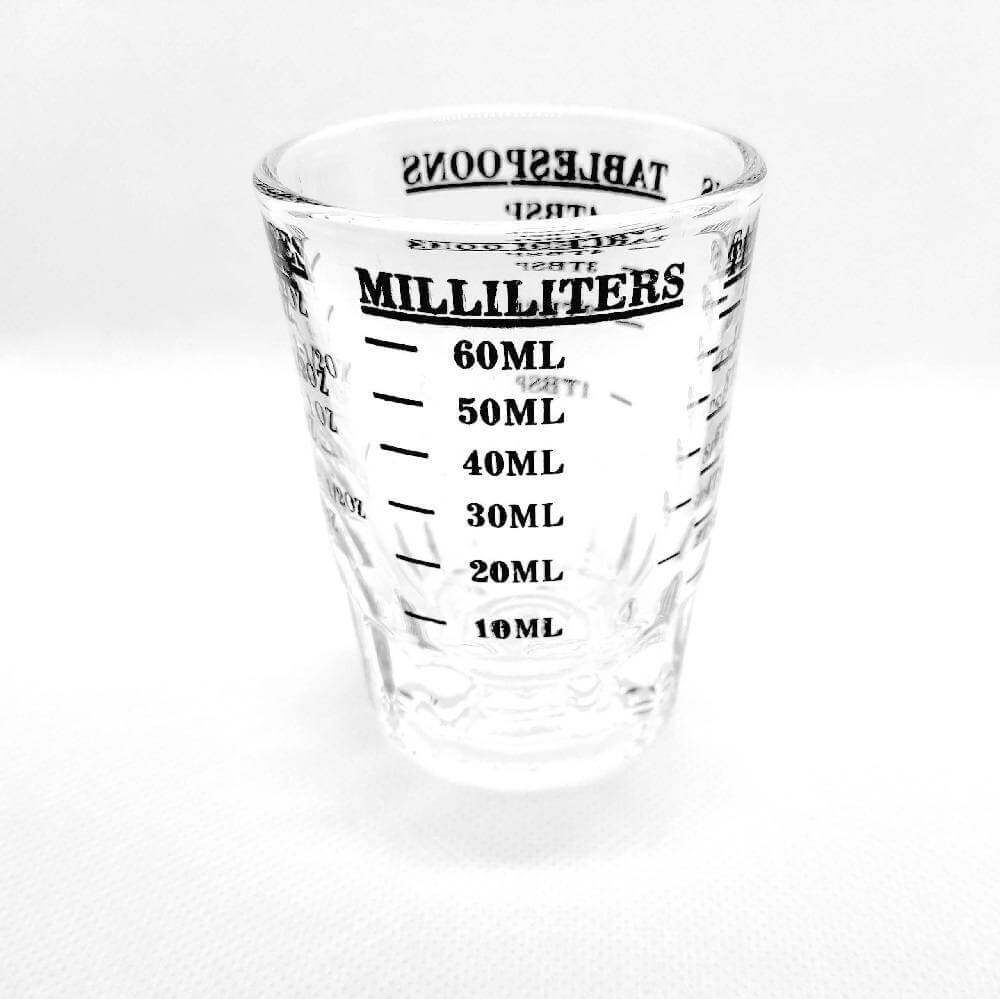
This is especially important for lattes and cappuccinos. If you get the wrong sizes, the proportions will be wrong.
For espresso cup size, avoid getting above 80ml capacity.
For standard lattes or cappuccinos, avoid getting above 240ml.
For lattes or cappuccinos:
180ml is suitable if you use 1 shot of a dark roast espresso or 2 shots of a lighter roast espressos/ristretto.
240ml is closer to the American standard. You will need at least 2 espressos/ristrettos.
Espresso – 20ml to 30ml
Ristretto – About 15ml
Dark roast coffee is more bitter.
Light roasts are less bitter but far more acidic
Coffee is not a notably hot drink; a freshly made latte’s temperature is only around 60 degrees Celcius and can reach room temperature in minutes. Espressos are around 80 degrees. Warm thick cups can help to last the heat a little longer.
Tamping
The part where most people mistake is difficult
The most important thing about tamping is not the weight you push onto your coffee. It is about how you keep the coffee flattened evenly.
If it is uneven, coffee will extract from the thinner side, leaving the thicker side unused.
If your basket is of the right size, you should not need to do any distribution techniques to push in the excess powder.
More videos on Tamping
If the puck is wet and muddy, there’s nothing wrong with the extraction or what you were doing. This usually happens for very fine grind settings and with lesser dose amounts. Excess water in the brewing chamber can’t absorb into the used coffee puck will make the remnants look muddy.
Frothing milk
If you fail in latte art, it’s alright.
Latte art is wholly for decoration purposes and has little to do with taste.
If it’s done incorrectly, it may cause baristas to be inconsistent in the foam proportion, which directly affects the taste.
Pour from high, and pour the liquid milk out. Bring your spout closer, and out goes the foam.
Common mistakes for frothing
For a cappuccino, you will use less milk, half of what you use for a latte. You will have to stretch the milk to at least double its original size during the frothing. A cappuccino should be a very foamy drink. The result should be frothy, with little milk in liquid form left.
Taste your coffee

The most important step.
One of the biggest mistakes in learning how to make a good espresso is we judge too much on how it looks.
This is no surprise, as the brain absorbs 85% of what the eyes see as a message. As a result, there’s seemingly a huge assumption by many that espresso has to be as thick and dense as possible. This is often not true, and it might create an espresso that is too overwhelming for our tastebuds to accept.
This visual representation can also be deceived using coffee that has not been degassed enough. This can create a seemingly thicker layer of crema. Coffee made in this way will not have a well-developed profile of aromatic notes until the ageing process is complete.
To taste the fruit of your effort, we suggest you first smell your espresso. Give it a swirl and break the crema. The smell should be different as the crema breaks, as the aromatic notes trapped under the cream release. Then taste it, and see if it matches the fragrance and is suitable for your palate. The bitterness will slowly dissipate and might leave an aftertaste of sweetness.
As everyone’s taste sensitivity is different and deteriorates as one age. The expectation for a good espresso might differ between different drinkers.
A classic espresso should be balanced in bitterness and sourness with a complex spectrum of aromatic notes. Almost like wine.
You should also always try the coffee in your favourite recipe. If you are a latte drinker, there’s not much purpose in trying it in its espresso form as they taste different.
Tuning
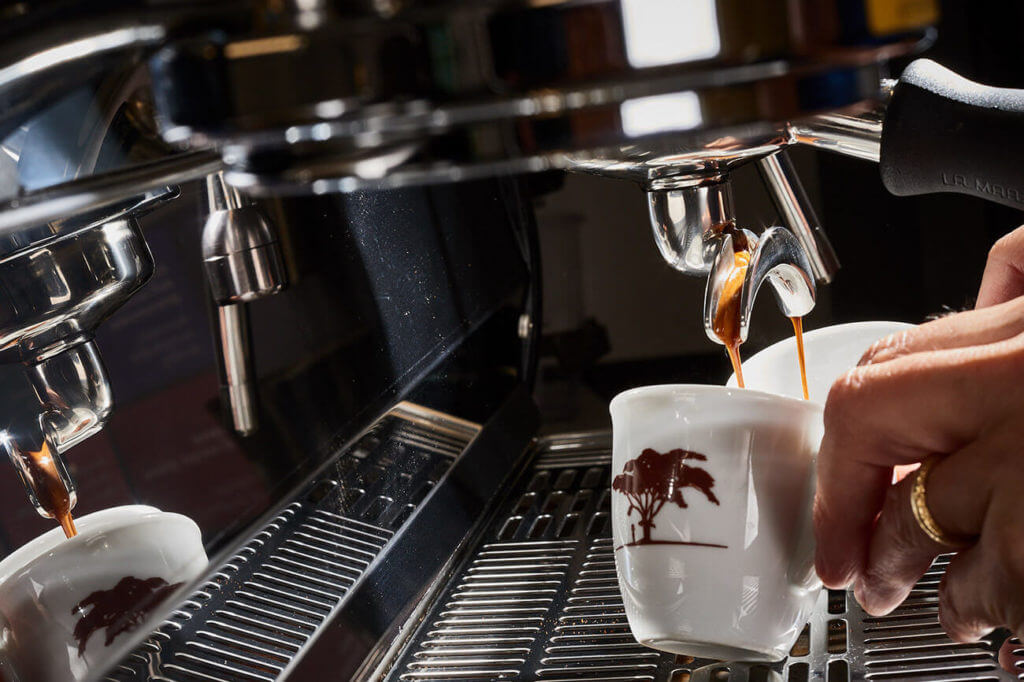
If the coffee doesn’t taste right, you can adjust the grinder to transform the taste slightly.
By adjusting the grind size, you will change the extraction flow rate.
If it’s too bitter, consider making the grind size coarser to increase the flow rate a little, and end the extraction earlier. Vice versa if it’s too sour.
You can also slightly adjust the shot’s duration to adjust the intensity, particularly for lattes.
Cleaning
Daily
For E61 or BZ grouphead:
Backflushing with water using the blind filter
For Bezzera Strega grouphead:
Pull the lever down to flush the screen.
Be cautious that the lever will flick back with force upon release, so hold the lever and return the position carefully.
For small usage:
Once after the last cup
For commercial usage:
Once after the morning peak and once after the last cup
Occasionally
For E61 or BZ grouphead:
Backflushing with grouphead detergent
For small usage:
BZ/E61* Grouphead: Preferably 1-2 times a month
For commercial usage:
BZ/E61* Grouphead: Preferably once every 100 extractions or at least once every two week
*If you feel that your grouphead lever is getting stiff or squeaky, it’s a sign that you are doing too much or adding too much detergent.
Other occasional cleanings for espresso machine
Other cleaning
Shower screen
Pull down or unscrew the shower screen and clean it, and do it while the machine is cold. This step is optional but preferably at least once a year.
You may need to replace the grouphead gasket every 1 to 2 years. You can also replace the screen if you think it’s necessary.
The links provided are for Bezzera machines, for Expobar and most other brands, use these: Expobar E61 screen, Expobar E61 gasket, Generic E61 gasket
Steam wand
You are supposed to purge the wand before using and after using it. Wipe off any milk on the wand immediately. You can also use a product like Pulymilk to clean the wand more thoroughly.
Flush your boiler regularly
One of the things that we recommend users do regularly is to empty the boiler and renew the tank with fresh filtered water. If you use the steam wand often, you might want to do it more often.
For small usage:
Preferably once every 2 to 4 months
For commercial usage:
Preferably at least once a month.
This will renew the water in the boiler so minerals won’t be as concentrated, and limescale made of calcium sulfates won’t form easily.
To flush your steam boiler, heat your machine till it builds enough pressure. Switch off the machine, then purge all the water using the water wand. Then refill the boiler with a fresh tank of clean softened water.
Should I descale?
Descaling should be the last resort and often doesn’t clear up many parts of the machine, especially the top sensors where limescale often form.
Using water softeners to keep limescale from appearing should be the primary defense.
Here’s an article to explain further: Why Is Water Softening Important
WARNING
If your machine is using a vibration pump, one thing you have to note is that you should do it slowly while topping up the boiler, so the pump won’t overwork. We will suggest letting the pump work for one minute and rest for another minute before going for another minute of work.
If you have not flushed your boiler for a long time, don’t be alarmed that the water is a little brownish.
For Grinder
Use a grinder cleaner like Pulycaff Pulygrind. It’s not a critical step but recommended to do it once a month
For Bezzera BB005 Grinder, you can remove the nozzle by removing a screw. This allows you to vacuum the nozzle occasionally.
Refer to the cleaning videos by Pulycaff on the products page of our website for more information.
Overall
From the number of people who came to the experimental room, and feedback from new users.
Most people have no issues with the espresso extraction part, except setting up the grinder for the first time.
No problem with frothing milk, except for doing latte art.
Of course, if you still have problems, you are welcome to visit our experimental room, a free academy for our users and baristas.
We teach everything except latte art.
Important!
Many users kill their pump by overcleaning their machine.
Vibration pumps have a duty cycle of 2 minutes of work and need to rest for 1 minute. Some users like to hold for too long and clean too much, which can over-exert the pump and kill it.
Disclaimer: Do note that this guide may not be comprehensive enough to cover all models and all issues, specifically the spring levers and single boilers.
Users are to take the guide as a brief introduction and should still adhere to the advice listed in the user instructions.
